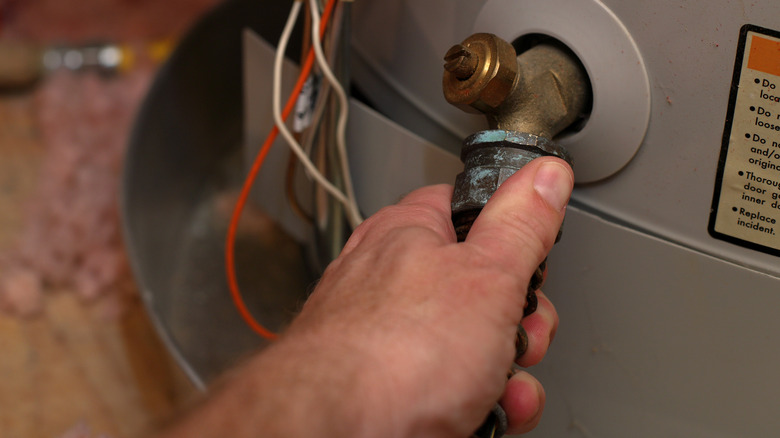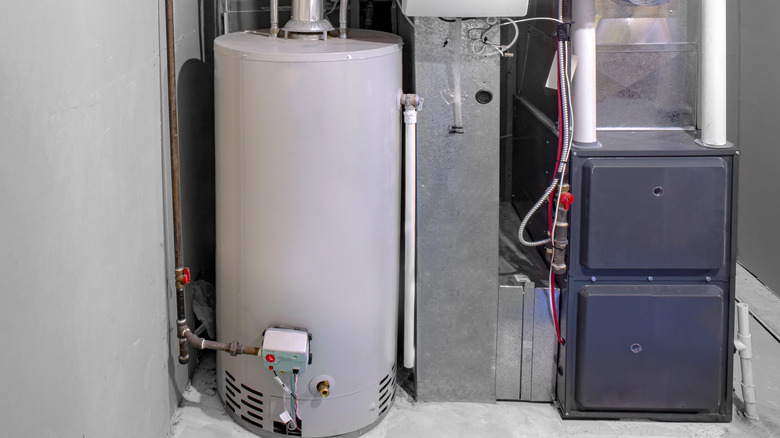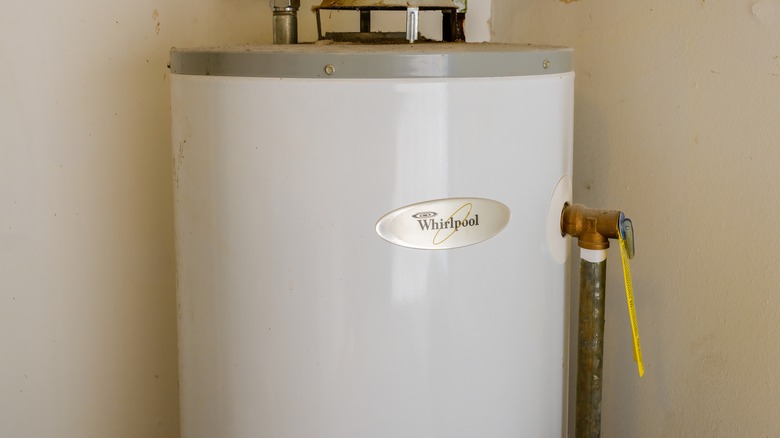Is It Better To Flush Or Drain Your Water Heater?
Water heaters are an essential appliance in any home, providing a constant supply of hot water for showering, cleaning, and cooking. However, like any other appliance, water heaters require maintenance to ensure optimal performance and longevity. One important maintenance task is flushing or draining the water heater regularly.
Sediment and minerals naturally found in water will gradually build up in the water heater tank. This can lead to several issues, such as reduced efficiency, corrosion, and leaks. Flushing and draining are two standard methods used to remove this buildup and ensure the proper functioning of your water heater.
Signs that indicate that it is time to drain or flush a water heater include reduced water output due to mineral buildup in the tank; discolored water, which often appears rusty or brown; strange noises, such as banging or popping sounds caused by sediment moving around in the tank; and a foul odor emanating from the water heater due to bacteria growing in stagnant water.
While both methods serve the same purpose, they differ in their approach and effectiveness. Determining which method is best for your water heater depends on multiple factors, such as the age and type of your water heater, the level of sediment buildup, and the water in your area.
Differences between flushing and draining
Draining is a quick and straightforward process used to remove sediment buildup accumulated at the bottom of the tank. This process can be adequate for regular maintenance and where sediment accumulation is not severe.
On the other hand, flushing is a more thorough process that eliminates the sediment built up inside the tank by removing the water from the tank and then using fresh water to clean the inside thoroughly. This process helps to eliminate any sediment that has built up inside the tank and can be used to restore the water heater's efficiency. Flushing is generally recommended when sediment accumulation is significant, and the water heater has not been cleaned in a long time.
While draining a water heater can support regular maintenance, flushing is the more effective and recommended method for cleaning out sediment and debris from the tank. Following the manufacturer's instructions and safety precautions when flushing or draining your water heater is essential. While draining your water heater once a year is the minimum recommended maintenance, flushing it twice a year is ideal. If you live in an area with high mineral content, more frequent flushing may be necessary to prevent mineral buildup in the tank. In this case, you may need to flush it as often as every four months to keep your appliance in top shape.
Tips for flushing or draining your water heater
Pay attention to the water being removed from the tank during draining or flushing. If the water is discolored or has a foul odor, it may indicate significant sediment buildup or bacterial growth in the tank. Disinfecting your water heater can help eliminate these microorganisms and ensure that the water in your home is safe to use. Household bleach is a common disinfectant used for this purpose, but be sure to refer to your owner's manual for instructions on disinfecting the appliance.
Inspecting the anode rod during flushing or draining can also help you determine its condition. Anode rods are designed to attract minerals and other contaminants away from the tank, preventing them from accumulating and causing damage. However, over time, it can become corroded or deteriorated and must be replaced.
Finally, take the time to inspect the tank for signs of corrosion, leaks, or damage. By regularly assessing your water heater during draining or flushing, you can identify any potential issues and take corrective action before they become more significant problems. This can help prolong the lifespan of your water heater, maintain its efficiency, and prevent costly repairs or replacements.


